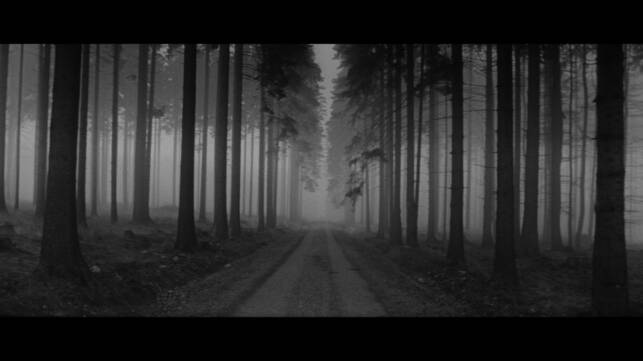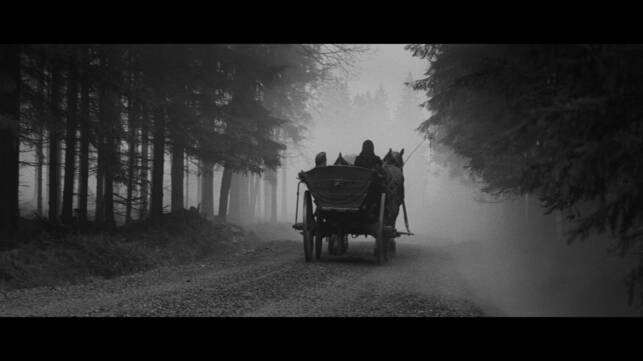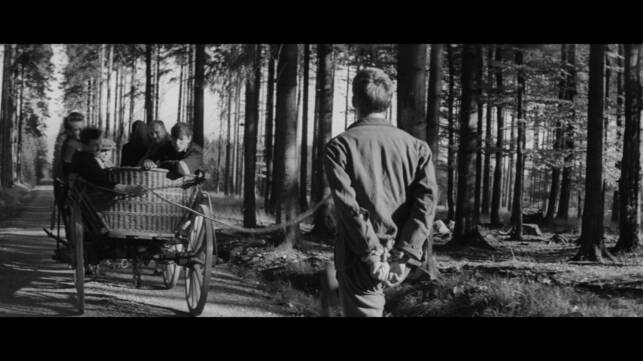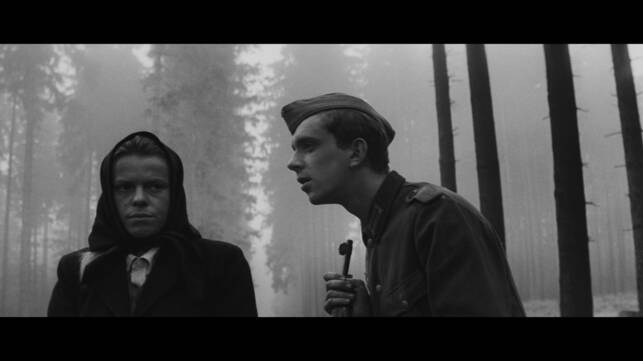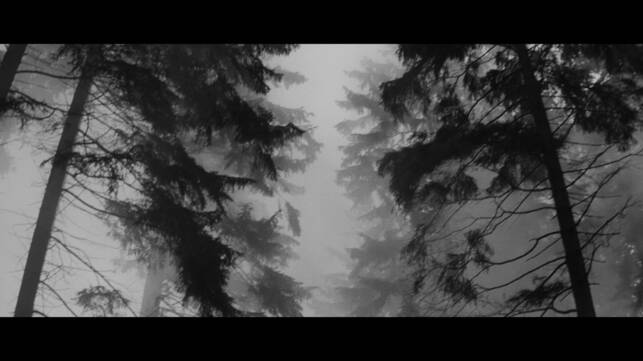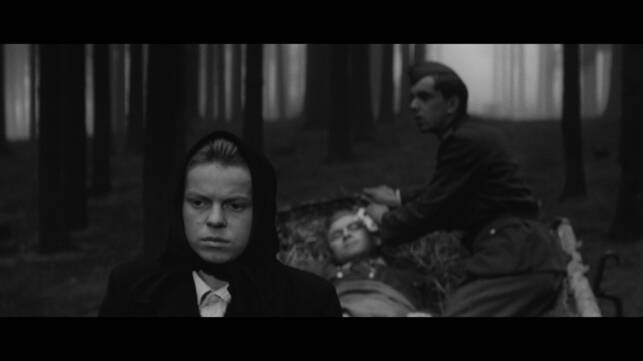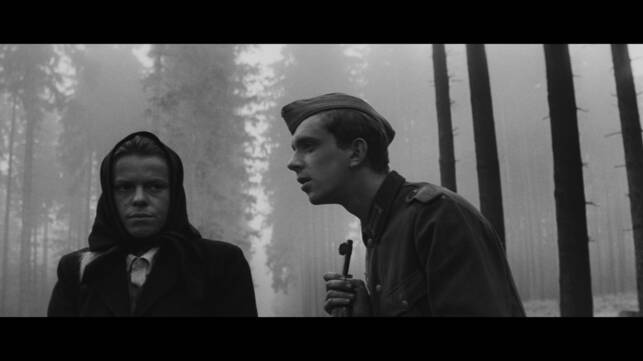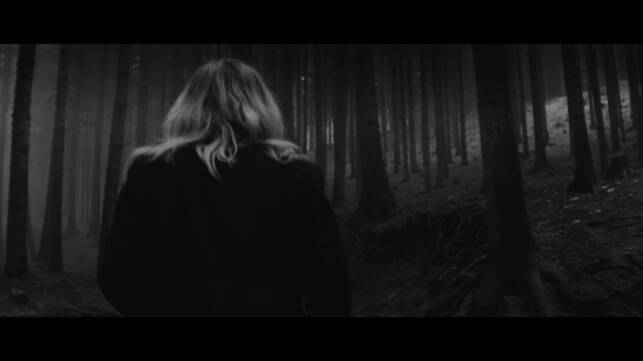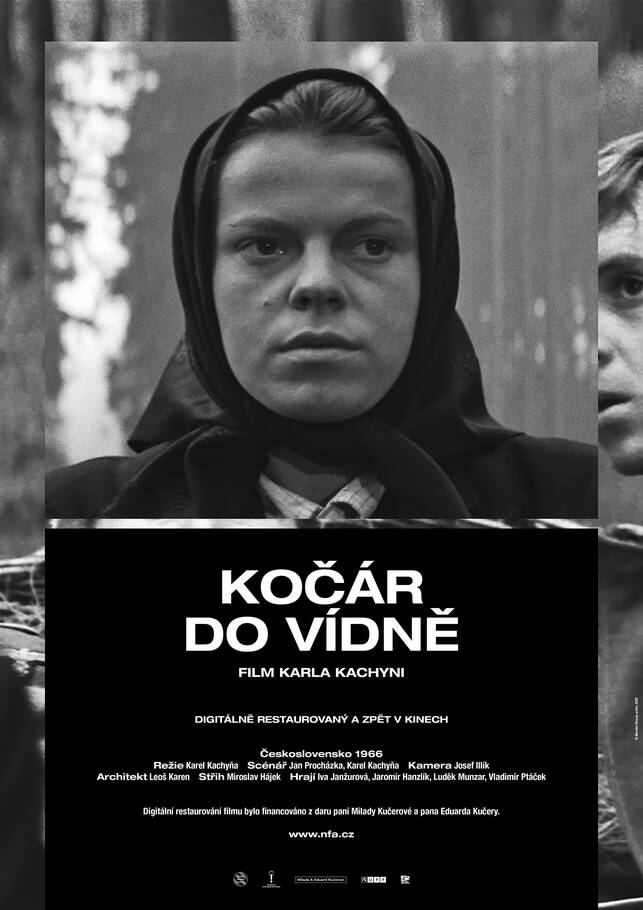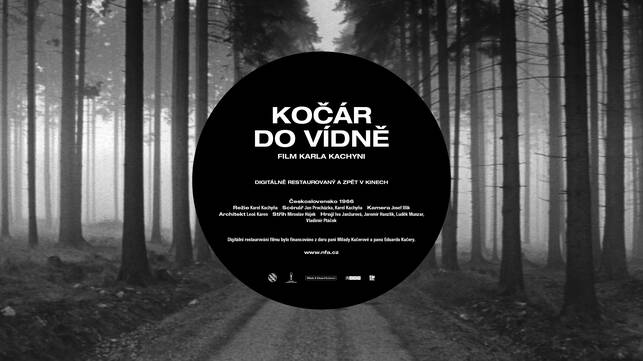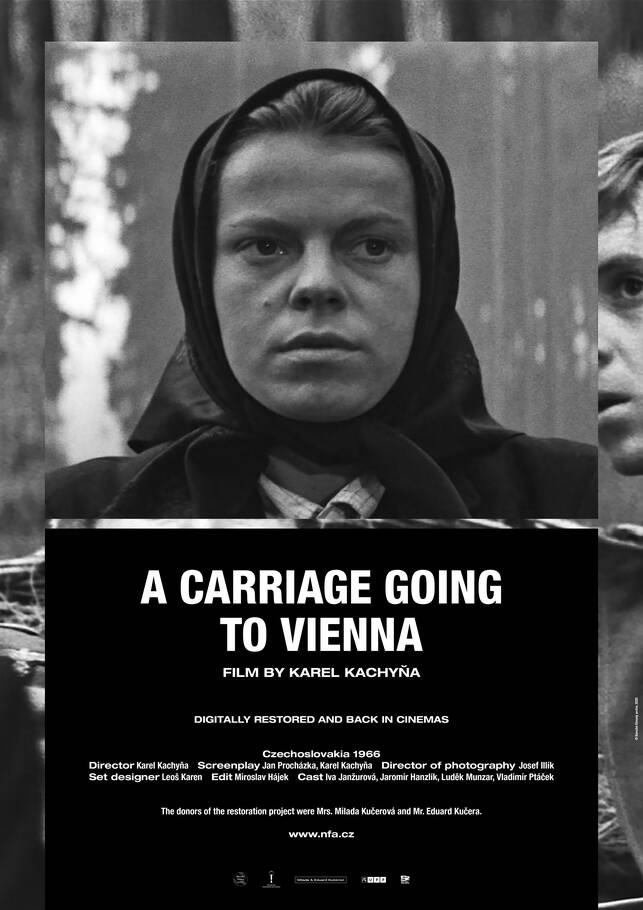Summary
One of the roles of Iva Janžurová’s life was as the heroine in Kočár do Vídně (A Carriage Going to Vienna), a psychological drama by director Karel Kachyňa and screenwriter Jana Procházka. The experienced filmmaking duo offered the then 25-year-old a role in 1966 that highlighted her dramatic skills in an intimate framework. Janžurová had appeared in the small part of Bertýna Petrželová in Ať žije republika (Long Live the Republic!) (1965), in which Procházka and Kachyňa also returned to the era of WWII, respectively its aftermath. In the spirit of the Czechoslovak New Wave, both pictures – along with the later Noc nevěsty (Nun’s Night) (1967) – radically revised the depiction of the country’s recent history. Rather than an overhaul of hitherto optics (the evil German, the good partisan), they introduced relativisation centred on a concentration on the individual and his experience of “big” historical events. The intimate nature of the story is underscored by cinematographer Josef Illík’s close camera work… In A Carriage Going to Vienna two fleeing Austrian deserters force young villager Krista to carry them through Znojmo and across the border in her cart. She agrees, spying a chance for revenge: The day before the Germans had as a deterrent hanged her husband and she aims to take the lives of the seriously injured soldier (Luděk Munzar) and his naive young friend (Jaromír Hanzlík). However, the situation plays out completely differently than she had planned: Despite her initial resolve, she cannot overlook the fact that the “culprits” are above all individuals, victims of circumstance just like her. The actions of a group of partisans bring the story to a brutal conclusion… This timeless story exploring the redistribution of guilt and revenge in a period of upheaval naturally soon ended up in the vaults of normalisation-era censors.
Read more


